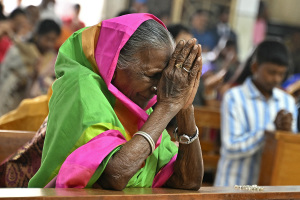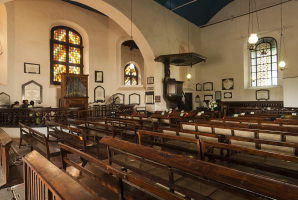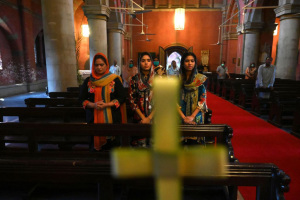Travel: 2 New York City landmark churches
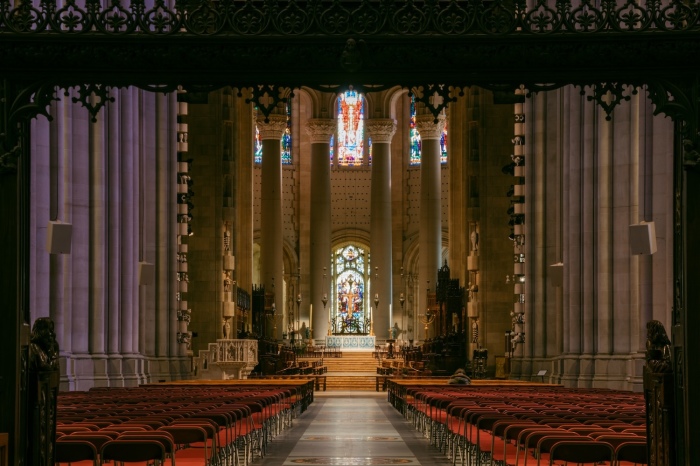
One is a cathedral, the other is a church often mistaken for a cathedral.
Both are prominent New York City landmarks. They are also lasting legacies of Ralph Adams Cram.
Cram, who died in 1942 at the age of 78, was one of the most prominent architects in the late 1800s and early 1900s. A practicing Episcopalian, most of his ecclesiastical works were designed for Anglicans, though he also did churches for other denominations.
Outside Augustus W.N. Pugin, whose work in the first half of the 19th century in Britain defined Gothic revival, there are few with the legacy of Cram.
Cathedral Church of St. John the Divine
The Cathedral Church of St. John the Divine in New York City is hardly a typical church or cathedral.
The 121,000-square-foot cathedral, seat of the Episcopal bishop of New York, is the world’s largest cathedral. While there are bigger churches, none are, properly speaking, cathedrals.
The architectural masterpiece is primarily Gothic revival, but a careful read of the edifice reveals elements of Romanesque and Byzantine styles.
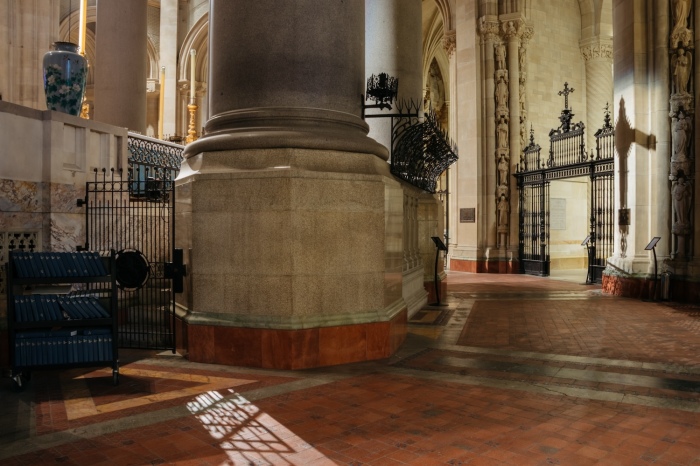
The original architects when construction started in 1892 were George Heins and Christopher LaFarge, who designed a cathedral in the then-fashionable style of Romanesque revival. By 1911, Heins died and the baton passed to acclaimed Cram. He morphed the design into a revival of 13th century French Gothic.
St. John the Divine could also be called St. John the Unfinished, as the cathedral lacks the millions of dollars required finish Cram’s design.
The differing designs become apparent inside with the pointed arches of Gothic giving way to a Byzantine-inspired dome and rounded Romanesque arches beyond the transepts. This is where the nave — many visitors mistakenly call the space where congregants primarily sit the sanctuary — transitions to both the chancel and the actual sanctuary containing the high altar.
St. Thomas Church
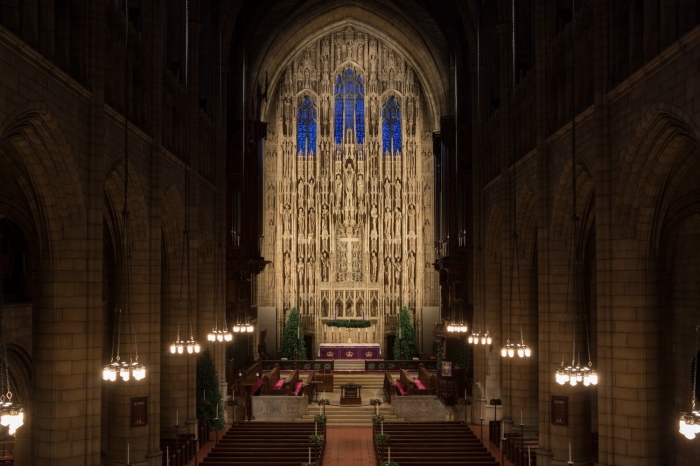
Unlike the cathedral, St. Thomas Church is finished.
The present building, the Episcopal parish’s fourth, sits on Fifth Avenue just down from the considerably more famous St. Patrick’s Cathedral, seat of the Roman Catholic archbishop of New York.
Widely considered one of the finest examples of Gothic revival, traditional masonry techniques were used in its construction between 1911 and 1914.
Everything about the design by Cram and partner Bertram G. Goodhue is seemingly perfect. Dominating the interior is the reredos — the screen behind the high altar.
Attributed to Goodhue and sculptor Lee Lawrie, the nearly floor-to-ceiling screen is among the largest in the world. At its focal point are sculptures of both Christ in Majesty and the cross of Calvary, though some 70 figures — Mary, the saints and, in the language of the Book of Prayer Book, all the company of Heaven — are also depicted.
If you go
The Cathedral Church of St. John the Divine is open to visitors from 9:30 a.m. to 5 p.m. Monday through Saturday and 12-5 p.m. Sunday. Outside of religious services, admission is $15 for adults.
St. Thomas Church has a guided tour most Sundays after the principal 11 a.m. service. Doors are also open 8 a.m. to 6:30 p.m. Monday to Friday and 9 a.m. to 4 p.m. on Saturday. No admission is charged.
Dennis Lennox writes a travel column for The Christian Post.
Dennis Lennox writes about travel, politics and religious affairs. He has been published in the Financial Times, Independent, The Detroit News, Toronto Sun and other publications. Follow @dennislennox on Twitter.

















